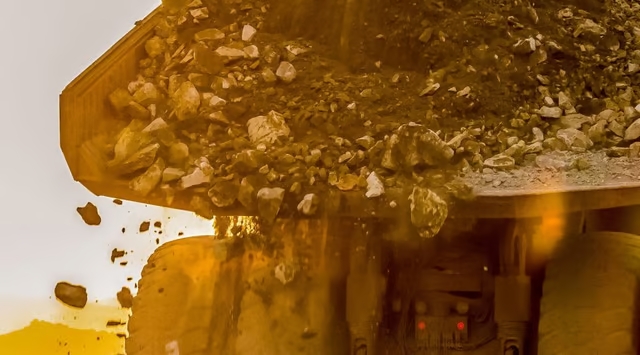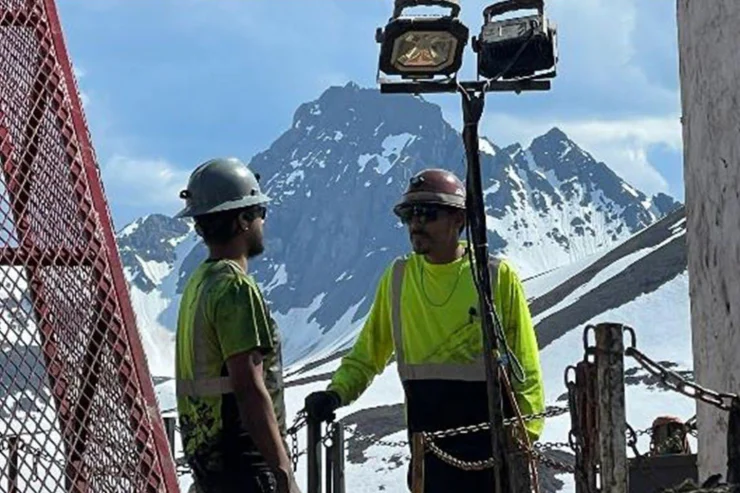Mining

Redefining South Africa's Mining Sector: Strategic Innovations and Global Opportunities

In South Africa, the mining sector endures radical transformation. It has a century-long history and is essential to the national economy. The mining industry in South Africa needs to develop and adapt if it hopes to remain globally competitive. The strategic advancements influencing the mining environment and the emerging worldwide prospects are explored in detail in this research.
The Drive Towards Sustainable Development
Sustainable development must be the mining industry's top priority. Practices that meet current needs while keeping future implications in mind should be adopted by South Africa. It is essential to use technology that lowers consumption of resources, improves safety, and promotes environmental stewardship. The mining industry in South Africa may succeed in the long term by combining sustainability with financial development.
The Mining Life Cycle and Value Chain
The natural system is seriously affected by the mining life cycle, which includes exploration and closure. ,through the use of cutting-edge technologies to increase efficiency and safety. The industry's ability to compete globally will be enhanced through the use of cutting-edge technologies to increase efficiency and safety.
Economic Closure vs. Resource Depletion
Innovation is essential for South Africa's established mining sector to remain competitive. Sustainable practices are promoted when the emphasis shifts from physical resource depletion to economic closure, or stopping operations when costs exceed benefits.
Innovations Sustaining Mature Mines
Keeping older mines profitable means using creative ideas that follow environmental rules.
Skills Development for Technological Integration
As technology grows, workers need to learn new skills for using automation and artificial intelligence (AI). This helps the industry stay strong and creates new job chances.
Cutting-Edge Research and Development
Working with local schools and tech companies helps us use the newest technologies, like machines for automatic drilling and AI for better decisions. These tools make fewer mistakes, work better, and are kinder to the environment.
Strategic Partnerships
Public and private groups need to work together to make mining sustainable. By teaming up, they can fund research on water and renewable energy, as well as share costs and risks.
Global Opportunities for South Africa's Mining Sector
The world is changing, and South Africa may benefit from the rising demand for parts in green technologies by adapting its mining methods to meet international sustainability standards.
South Africa's mining sector is no longer a global powerhouse - according to the Fraser Institute, it ranks near the bottom of the industry's investment attractiveness list. Although the takeover of Anglo American by BHP did not materialise, the process should open up important discussions about bringing in international capital and expertise to help revive the declining sector. The discussions around this takeover, which created more confusion than clarity, suggest that there needs to be a change in approach to foreign investment and modern mining.
Technological Transformations
There are a ton of opportunities because of all the advancements in technology. Automation and robotics can increase operational safety and efficiency. Additionally, methods like massive data and the Internet of Things provide better administration and predictive maintenance. Two ways that broadened geological imaging might help achieve sustainability goals while cutting costs are by using renewable energy and reduced exploration risks.
Catering to Global Needs
South Africa can fulfill the growing global demand for responsibly sourced minerals by accepting innovation and focusing on sustainable approaches. This method increases South African mining's international status while also opening up new markets.
Conclusion and Recommendations
South Africa's mining industry is flourishing thanks to international collaboration, alliances, and strategic innovation. Sustainable technology and constant investment in research, skill development, and collaborations are critical to competitiveness and environmental sustainability. Technology and cooperation are critical to future progress.












